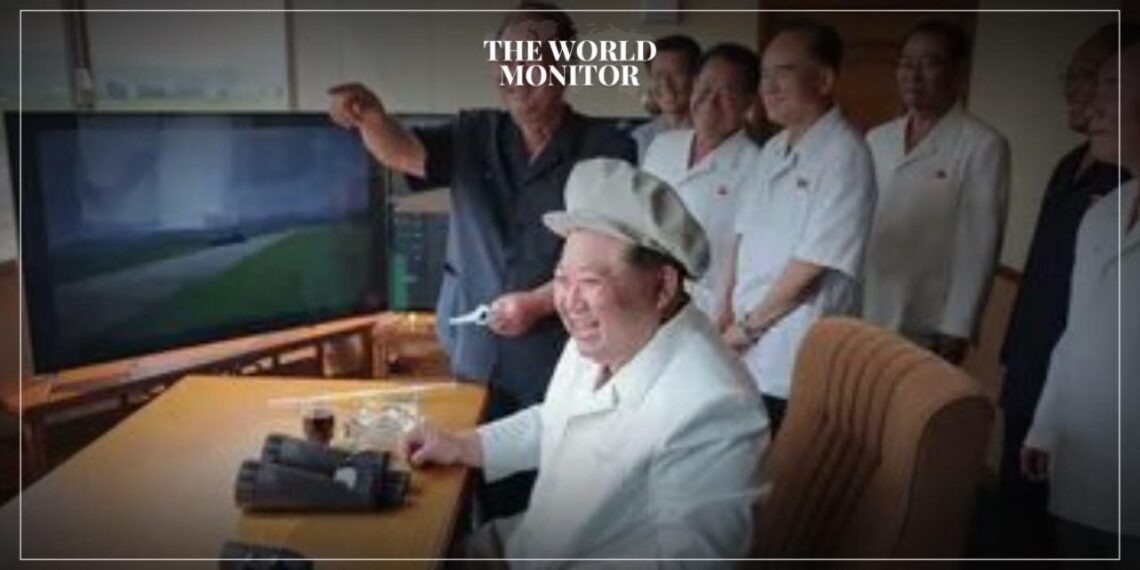North Korean leader Kim Jong Un supervised the testing of 240mm rocket launchers equipped with a new “guidance system,” as reported by official media on Wednesday, as Pyongyang continues to modernize its military arsenal. This follows North Korea’s announcement about three months ago of its intention to deploy “new” 240mm rocket launchers, which are likely capable of reaching Seoul.
North Korea, a nuclear state facing strict international sanctions, has enhanced its military cooperation with Moscow in recent months. Analysts believe Pyongyang’s military tests may be part of its efforts to trial artillery shells and rockets and increase their production before sending them to Moscow for use in its war against Ukraine.
The United States and its ally South Korea have accused North Korea of supplying weapons to Moscow for use in Ukraine, despite UN sanctions prohibiting such exports. Pyongyang has dismissed these allegations as “ridiculous.” The official Korean Central News Agency reported that the “technologically upgraded launchers have proven superior in all indicators,” noting that the upgrades include a “new guidance system, controllability, and destructive power.”
During the tests, Kim Jong Un “set an important policy to be followed in the production of new artillery pieces and supplying them to military units,” without providing further details. This development comes just two days after North Korea tested a new type of explosive drones. Media footage showed Kim Jong Un supervising the weapon test on Saturday, observing through binoculars as the drones hit their targets.
In February, Pyongyang said it had developed a new control system for its 240mm rocket launchers, which would lead to a “qualitative change” in its defensive capabilities, and conducted a test launch of new projectiles in April. In May, it revealed plans to equip its army with new 240mm rocket launchers starting this year, speaking of an impending “significant change” in the artillery capabilities of the armed forces.
The multiple rocket launchers previously used by North Korea date back to the 1980s. Although capable of hitting South Korean units stationed along the front lines or areas around the capital Seoul, they suffer from “limited explosive power and accuracy,” according to researcher Hong Min at the Korea Institute for National Unification. It has been difficult for the North to “achieve superiority in firepower compared to U.S. and South Korean forces” as long as it relied on old weapons.
Hong explained to Agence France-Presse that, facing air superiority from Washington and Seoul, Pyongyang is working to quickly destroy South Korean military airports by “expanding and enhancing the range and guidance capabilities






